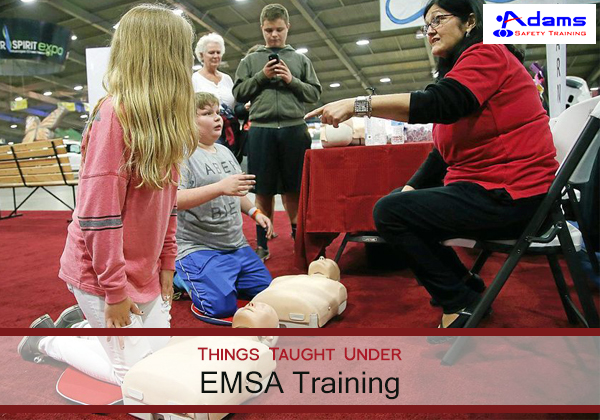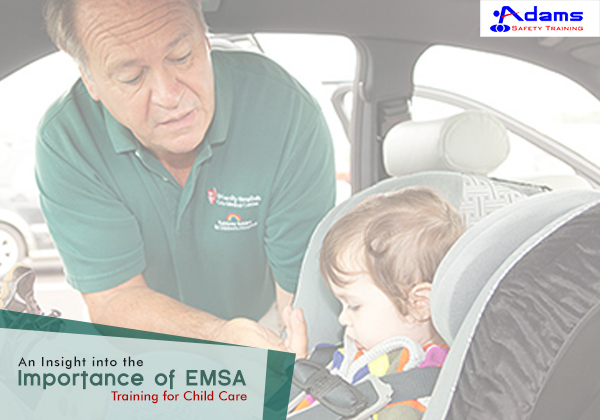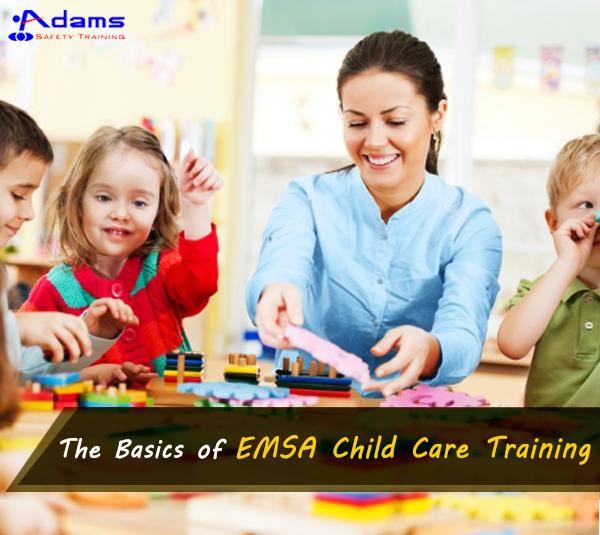EMSA or Emergency Medical Services Authority training generally include the below mentioned programs:
- Pediatric first aid (4 hours): Pediatric first aid mainly focuses on emergency situations faced by those who look after young children and infants, including pre-schools, private nursery schools, day nurseries, child minders, etc. This training provides the ability to perform first aid for an infant and a child, administer emergency first aid to an infant and a child with a chronic medical condition or sudden illness, etc.
- Pediatric (Infant, Child and Adult) CPR (4 hours): Infants, children and adults have different needs when it comes to CPR. The attendants can learn the various useful CPR techniques to save a life.
- Preventive health and safety training program (8 hours): It covers preventive health practices and policies regarding illness, injury, health and safety. The course also includes the new 2016 Childcare Nutrition program.

EMSA Training courses usually cover scene assessment & barriers, primary & injury assessment, choking management, control of bleeding, shock management, continuing circle of care, illness assessment, respiratory problems, poisoning and allergic reactions, diabetic emergencies, seizures, child abuse, motor vehicle safety, spinal injuries & head injuries, fractures & dislocations, and more.








